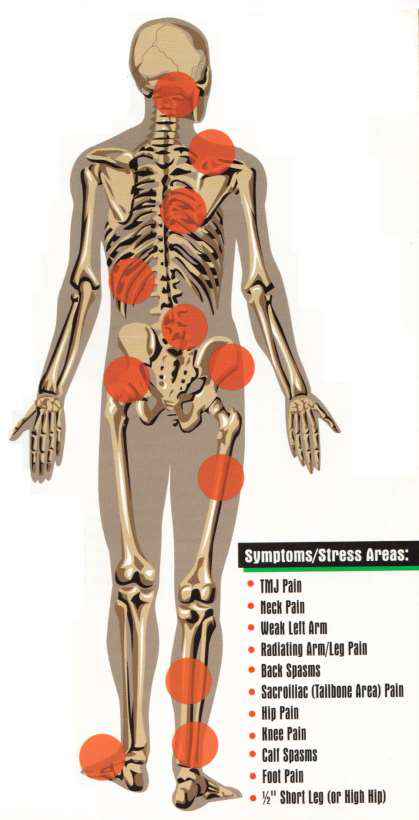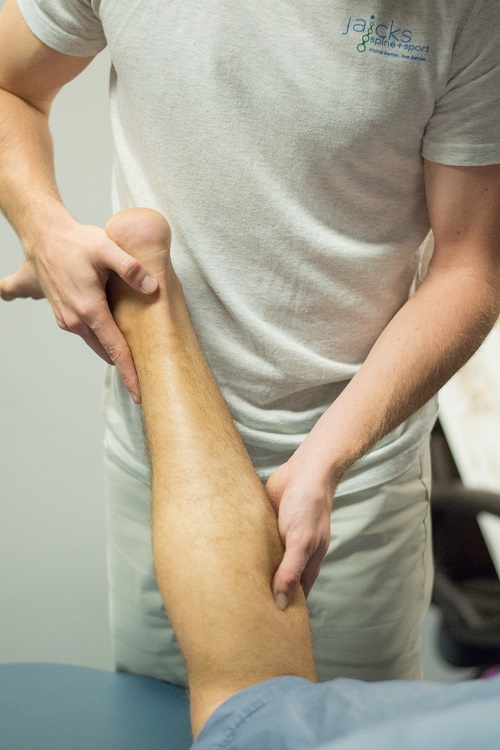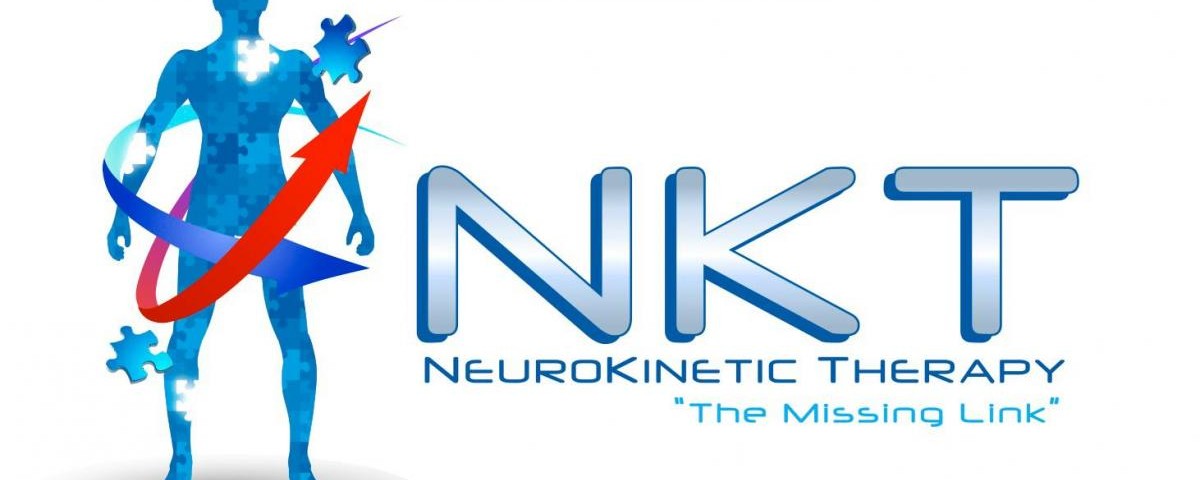Neurokinetic Therapy; “The Missing Link” in Treating Your Pain and Injuries

Fixing the Knee
November 18, 2015
Stiff Feet and Tight Ankles: Why Stretching Isn’t the Answer
December 3, 2015“Motion is a component of movement, but movement requires motor control, which includes stability, balance, postural control, coordination, and perception.” – Gray Cook
According to Motor Control and Development specialist Richard Schmidt, it takes around 300 repetitions to develop a poor movement pattern, and at least 3000 to correct it. Neurokinetic Therapy (NKT) is an assessment tool and treatment technique that focuses on the neuro-muscular relationship. The nervous system that controls our muscles is continually receives feedback from them which allows it to develop and adapt. This is how we gain motor control, improve coordination, and master new skills throughout life.
A great example of this is watching a baby learn to stand and walk for the first time. Initially the baby is uncoordinated and unstable, but through many failed attempts, the baby eventually achieves success. But how? Over time, the baby’s neuro-muscular system will recreate the most successful attempts, until standing and walking eventually happens naturally.
However, we can also see this learning pattern work against us. Following an injury, our neuro-muscular system forms new movement patterns to avoid pain and protect against further injuring the area. These compensations are stored in memory and are now the dominant movement patterns unless convinced otherwise. We see this after a whiplash injury. The posterior neck muscles brace to protect strained muscles in the front of the neck what are now weak and painful, and the corrections are never made. These imbalance can last years after the traumatic event if left unattended.
What is a compensation pattern? 
A biomechanical compensation pattern is an adjustment in muscle activation made by the body. Simply put, it is when a muscle or muscles overworks because another muscle, or set of muscles, isn’t working enough. They can also develop in to protect and stabilize joints, among other things. No muscle in the body works in isolation. There are primary, secondary, and tertiary muscles that allow you to perform any body movement. Compensations typically form between prime movers and secondary stabilizers.
For example, a tight and weak psoas (a primary hip flexor) can cause several problems. This muscle acts as a break during hip extension which can restrict running, jumping, etc. It will also tilt your pelvis forward which adds stress to the low back and internally rotate your leg which inhibits some of the primary hip muscles. Secondary muscles like the TFL then step in and take over, often over working and becoming tight themselves. Many people with this dysfunctional pattern will experience constant IT Band tightness and knee pain.
By pinpointing which muscles are involved in this compensatory relationship, we can intervene and “reprogram” them to restore proper function. This ultimately reduces pain, relieves tightness, and allows you to move less restricted overall.
What can cause compensation patterns to start?
- Injury
- Surgery
- Prolonged Sitting
- Tightness
- Weakness
- Repetitive activities (Running, throwing, typing, etc.)
- Pain avoidance
- Isolation exercises and workouts (upper and lower body machines)
- Whiplash
- Over training
- Natural development
How can I tell if I have any compensation patterns?
Here are some things you might experience:
- Chronic muscle tightness, regardless of how often or long you stretch
- Unusual or consistent tenderness when foam rolling or massaging muscles
- Reoccurring injuries
- Specific pain or stress points
 How do you treat these dysfunctional patterns?
How do you treat these dysfunctional patterns?
The most critical step in treating compensation patterns is the first one; determining which muscles are involved, which one(s) are facilitated, and which one(s) are inhibited. NKT is a corrective movement system that is built around determining these muscle relationships. Let’s think back to the psoas example which lead to IT Band tightness. The IT Band is tight and tender, but it’s due to the TFL overworking for a weak psoas. Once this relationship has been established, I release the overactive muscle (TFL) using various soft tissue techniques and activate the weak muscle (psoas) with simple exercises. Specific rehab exercises are then assigned for at home use to further “reprogram” the new functional pattern.
Neurokinetic Therapy has become an integral part of my evaluation and treatment process, which is structured to provide specific and effective solutions to reduce pain and maximize your quality of life. Combined with movement screens and chiropractic adjustments, the cause of your pain and conditions is addressed comprehensively and corrected on many levels.
![Jaicks_logo_final[1]RGB208](https://jaicksspinesport.com/wp-content/uploads/2015/08/Jaicks_logo_final1RGB208.png)
